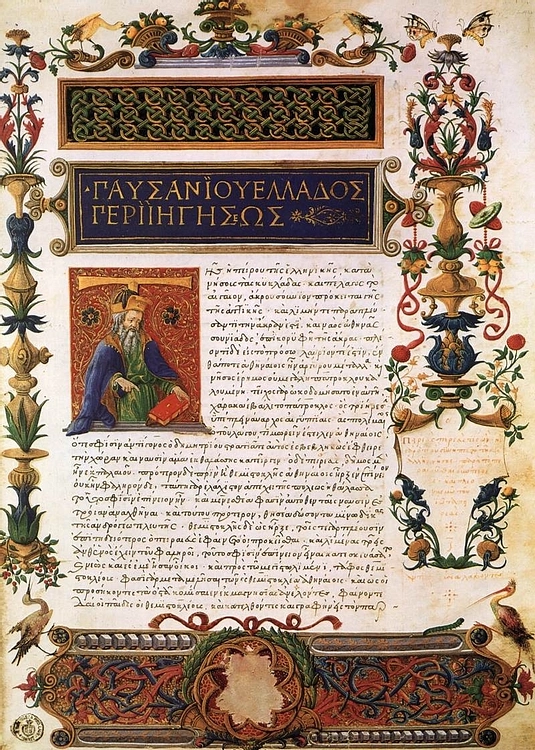Imagining Ancient Corinth: An Introduction to Greek Literature and Culture is a digital textbook designed to introduce students to their first authentic Greek texts as well as the cultural context of ancient Greece. This introduction to Greek literature and culture will appeal to students not only from Classical Studies, but also art, archaeology, Biblical Studies, history, and religion.
The primary text of this website is Pausanias’ Description of Greece. Living at the height of the Roman empire during the middle of the second century CE, Pausanias traveled throughout central and southern Greece, describing the Greece of his day and earlier times. His travelogue and guidebook are stuffed full of mythological stories, bits of history, rare facts, descriptions of cities and sanctuaries, and reflections on what it means to be Greek in a Roman world. In addition to Pausanias’ description of Corinth, you can find readings by other ancient writers about Corinth’s mythological past, panhellenic games, the sack of the city by the Romans, and its first Christians.
Ancient Corinth, with its long history, strategic location on the isthmus, prosperous trading emporium, panhellenic sanctuary at Isthmia, and diverse religious cults at the crossroads of Greece, is an ideal site to explore in order to understand the Greek world. Like many Greek city-states, Corinth acted as an independent polis during the archaic and classical periods, then formed alliances to fight Macedonian and Roman rule, only to emerge as the capital of Achaea in the Roman empire. Much of what the traveler Pausanias saw at Corinth was Roman, but his description attempts to recall special monuments that resonate with its Greek identity, the ancient wooden statue of Dionysus in the Forum, the tomb of Medea’s children, and the fountain Peirene where the hero Bellerophon tamed Pegasus. Welcome to ancient Corinth!
